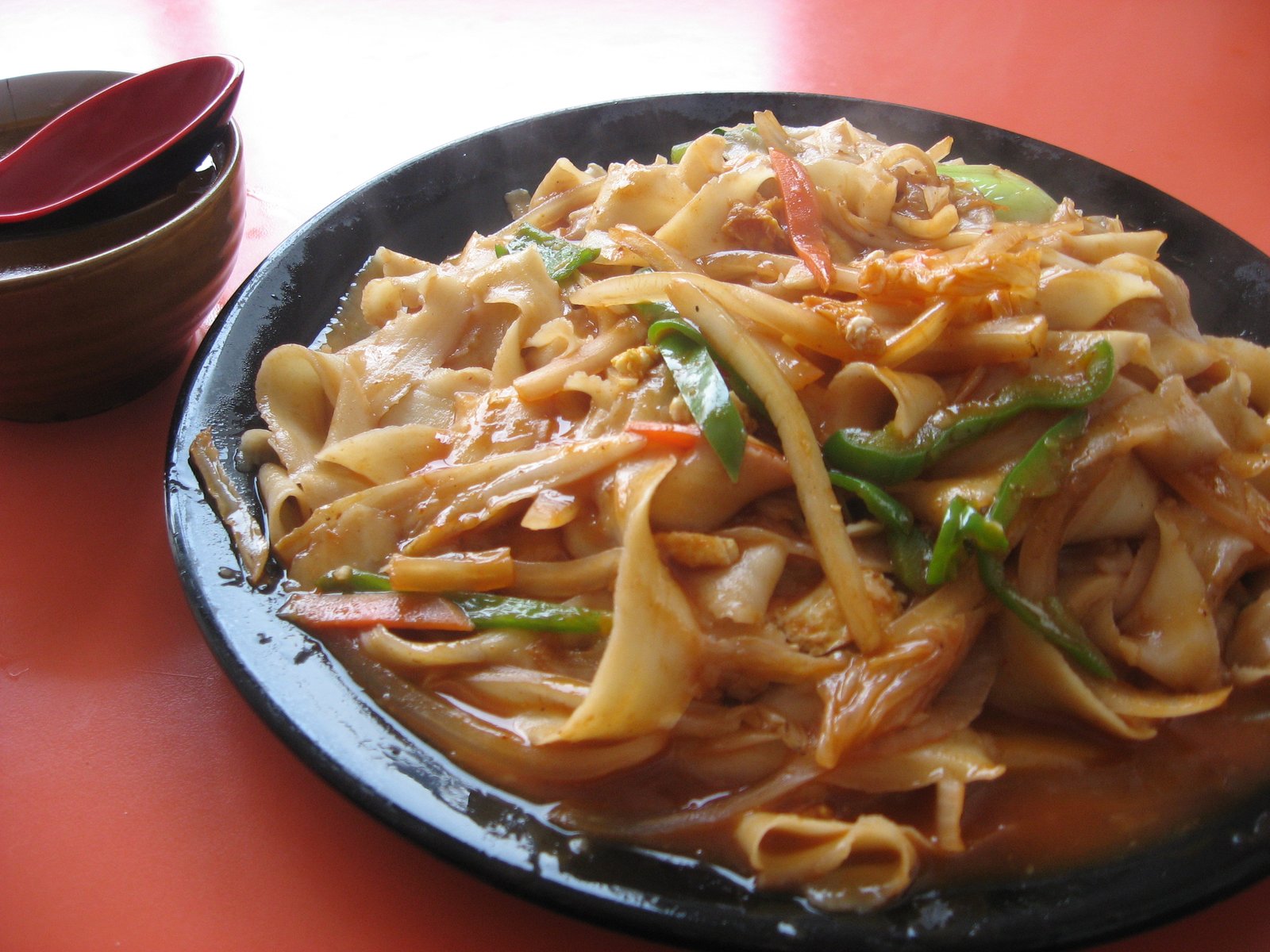I live in Nanjing now, where I teach at Nanjing Union Theological Seminary. I apologize for not being active on my blog since I moved here in August. I’ve been eating well and cooking well, but I haven’t been writing about it. I promise to do a better job of sharing my meals with you!
One thing I love about eating in Nanjing is the variety of noodle cafes in my neighborhood. I live in the Jiangning university district, which means that many of the restaurants are cheaper because they cater to the thousands and thousands of students who live here. There are several “Lanzhou Lamian” cafes in the neighborhood within walking distance. They have similar menus, featuring hand-pulled noodles and hand-cut noodles. Even though most of the families who manage these places are from Qinghai province near Xinjiang, the cafes are named for Lanzhou, the capital of Gansu province, which is famous for hand-pulled noodles. I briefly visited Lanzhou in 1998, and now regret that I wasn’t aware that I should have been eating noodles there!

When I want noodle soup, I often order hand-pulled noodles, which are about the thickness of linguine but chewier and slightly irregular because of the pulling. I frequent this Lanzhou Lamian cafe on Qiao Ge Lu, just across the street from the north gate of Jiangsu Maritime Institute. This string of cafes all look scruffy on the outside, but they are clean on the inside. The family who run this cafe is super-sweet, and their food is outstanding. Many of my students also consider it the best noodle place in the neighborhood.

I usually order hand-pulled noodles in a clear broth with greens, and I often order it with a fried egg. They fry the egg and serve it on a separate plate, so you can slide it onto the top of the soup. The trace of grease on the fried egg deliciously dissolves into the broth. I order this when I need something comforting. I also eat this when I miss northern-European style soups, like my Grandma’s noodle soup or my great-grandma’s Danish dumpling soup. It has similar flavors and textures.


Sometimes when I order noodle soup, I get hand-cut noodles instead. Da shou (hand cut) noodles are made by holding a ball of firm dough over a pot of boiling water, and sort of whittling thick noodles from the dough, letting them fall straight into the hot water. The resulting noodles are thick, and incredibly irregular in texture. The chewiness is what Jonathan Gold refers to as “fettuccine on steroids.” This bowl of hand-cut noodle soup has some leafy greens floating in the broth, with a fried egg on top.

This variation has some green chilies added to the broth.

When I’m craving Italian food, I order “chao da shou mian.” In this dish, the previously-mentioned hand-cut noodles are sauteed in a tomato sauce which is built on onions, celery, carrots, garlic, and sweet green peppers. This sort of dish does not taste like typical Chinese food, and gives evidence to the Mediterranean influences of the ethnic minorities in Northwest China. I’ve tried this dish at all of the noodle places in the neighborhood, and prefer it at the Lanzhou Lamian cafe on Longmiandadao, one block north of the NJCI metro station, because their sauce is more delicate and flavorful.

When the noodle guy at that particular cafe cuts his noodles, they are wider, almost reminiscent of wide Italian pappardelle noodles.

I’m so lucky to have a student from Wanzhou (Wanxian), Chongqing, which is where I lived from 2000-2002. She does reconnaissance work to find good Sichuan and Chongqing cafes here in Nanjing. This cafe is in the building connected to the Longmiandadao Metro Station. It’s tiny, with cramped counter seating. They make a limited number of special Sichuan noodle dishes.

This Sichuanese noodle cafe at the Longmiandadao Metro Station makes a wonderful version of suan la fen, (hot and sour noodles). The fen noodles are made from sweet-potato starch, and are sort of clear-grey in color. The soup is an intensely spicy lava of a broth, with a pleasant sour edge. The soup is built on chili-soy paste and preserved vegetables. The rich peanuts floating in the soup are a nice counter-balance to the spiciness. These noodles are so spicy that I cough a little, but it’s worth it — they are so incredibly delicious. I was just there for lunch today with students.


The Sichuan noodle cafe is also where I go for this lamian (or zanmian) dish, which is topped with peanuts, sour preserved vegetables, minced mushrooms, and green onions. There is also a tiny sprinkling of lajiao (red chili) powder. These noodles are simple, but deeply satisfying.


Leave a Reply